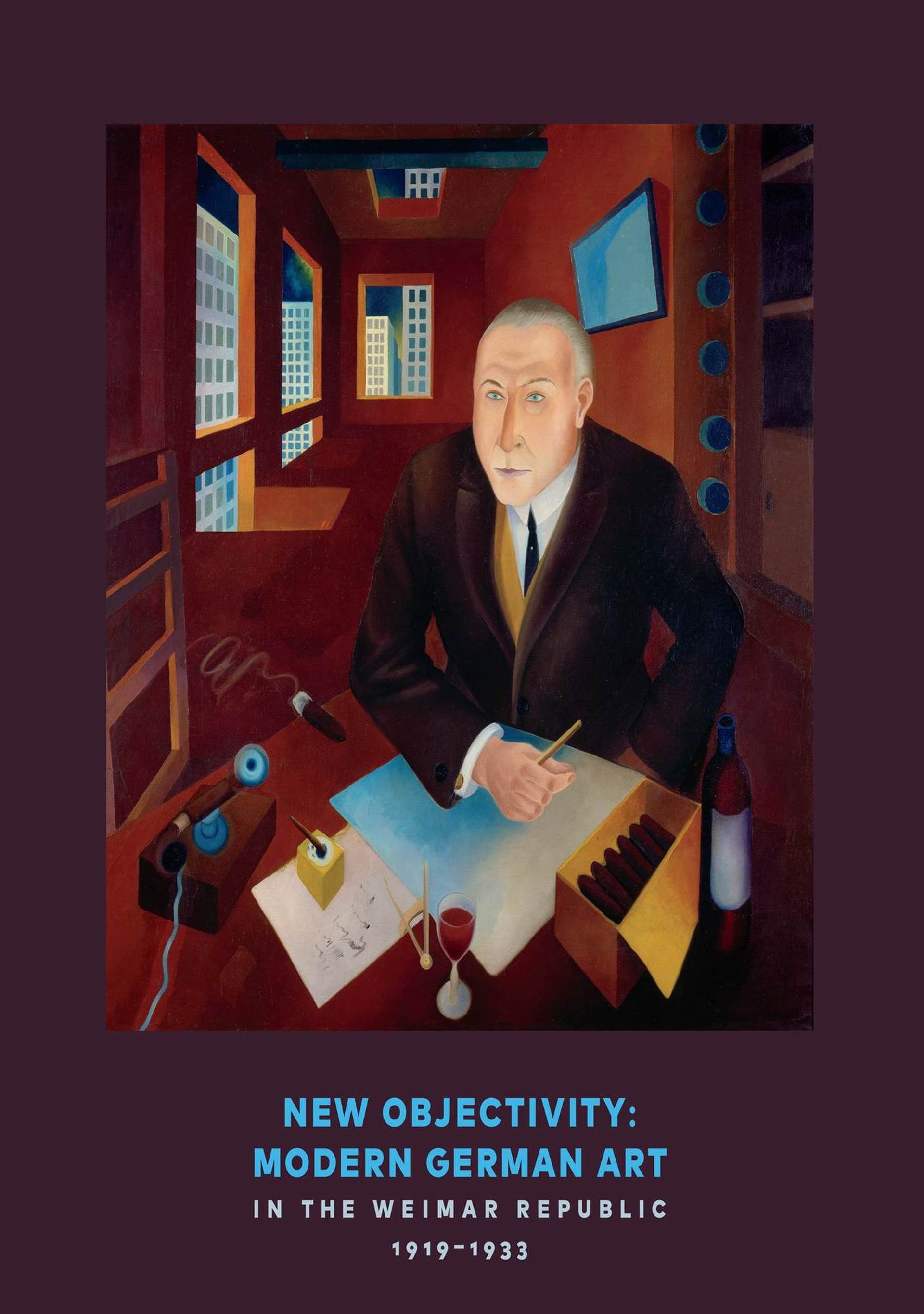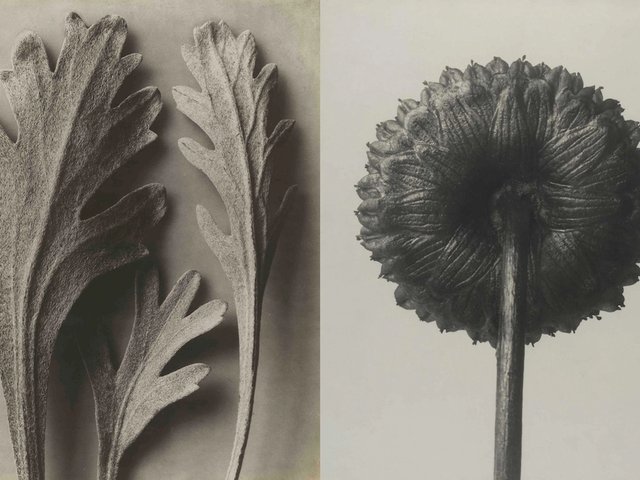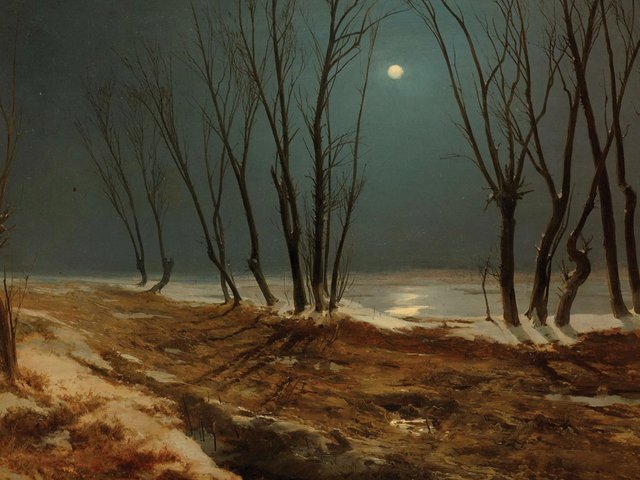New Objectivity: Modern German Art in the Weimar Republic 1919-1933 is the catalogue accompanying an exhibition at the Museo Correr, Venice (1 May-30 August), and thereafter at its initiating institution, the Los Angeles County Museum of Art (4 October-18 January 2016). The most extensive survey of its theme so far undertaken in the US, with around 200 works, it aims to reflect the full spectrum of art production that during the 1920s came to be recognised as Post-Expressionist.
Of particular significance is the inclusion of photography alongside paintings – the ratio is around 70:130. While it was explicitly to paintings, indeed only German paintings, that the term “new objectivity” was first attached, at the 1925 Mannheim exhibition Neue Sachlichkeit, an equivalent quality, “new vision” (neues Sehen), was associated with photography at the 1929 Stuttgart display, Film und Foto.
Featured alongside familiar figures (Otto Dix, George Grosz, Christian Schad, the photographers August Sander and Albert Renger-Patzsch) are many who are still little-known outside Germany (Heinrich Maria Davringhausen, Carl Grossberg, Georg Schrimpf, the photographers Aenne Biermann and Hans Finsler).
In addition to the 54 detailed artist biographies (many of these the first such accounts to appear in English), the publication offers five engaging texts that serve as detailed guides to the thematic segments into which the exhibition is divided (society in post-war Germany, cityscape and landscape, “man and machine”, still-life and portraits). There are a further eight essays attending to broader issues. Of particular value are those on the cultural-political context within which German “new objectivity” was first identified, celebrated and decried (James A. van Dyke); on the complex relationship between the movement’s primary champions, G.F. Hartlaub, curator of the 1925 “new objectivity” show, and the critic Franz Roh, whose wide-ranging book of the same year favoured the term “magic realism” (Christian Fuhrmeister); and on questions posed by the early international promotion of “new objectivity” as a distinctively German phenomenon (Keith Holz).
Elizabeth Clegg writes chiefly on 19th- and 20th-century art in Slavic and Germanic Europe. She has a particular interest in the Austro-Hungarian Empire and its successor states, and is the author of Art, Design and Architecture in Central Europe 1890-1920 (2006)

New Objectivity: Modern German Art in the Weimar Republic 1919-1933
Stephanie Barron and Sabine Eckmann, eds
Prestel Verlag, in association with Los Angeles County Museum of Art, 360pp, £50, $75 (hb)



